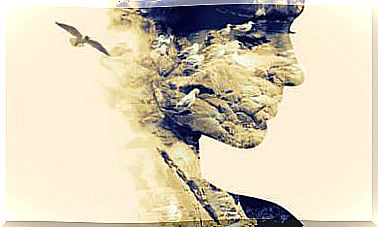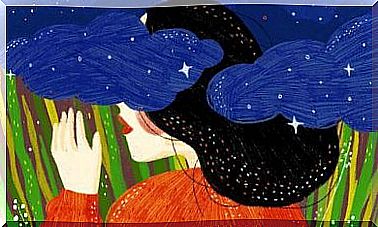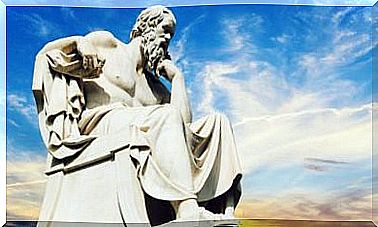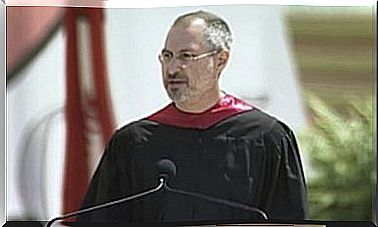Antonio Damasio, The Neurologist Of Emotions
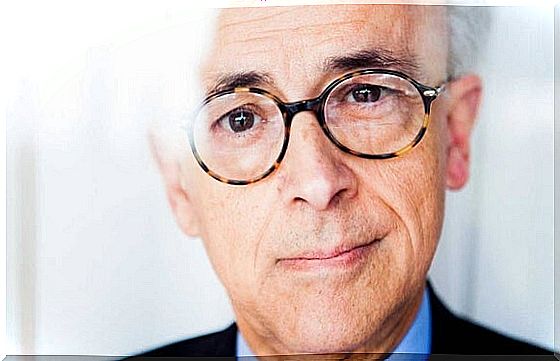
Thanks to the countless contributions of Antonio Damasio, we understand mental processes in a different way. Professor of neuroscience, neurology, and psychology at the University of Southern California. He is the Prince of Asturias Award. In addition, his studies on emotions and the mechanisms of consciousness make him an indisputable figure of reference.
It is very possible that his name already sounds familiar, that we have admired him for years or that we have ever come across one of his books by chance. One of his best-known titles, “And the Brain Created Man,” is quite a challenge. Thus, the brain, far from being a mystery for Antonio Damasio, is a well-defined entity.
On the other hand, there are those who say that Damasio, more than a neuroscientist, is above all a neurophilosopher. In his books he discovers the brain as an entity where not only resides our individuality, our emotional, ethical or moral worlds. It contains our own society and our essence as humanity. As Damasio (2005) says “only when we know more deeply how the brain works, we will achieve it… we will be happier”.
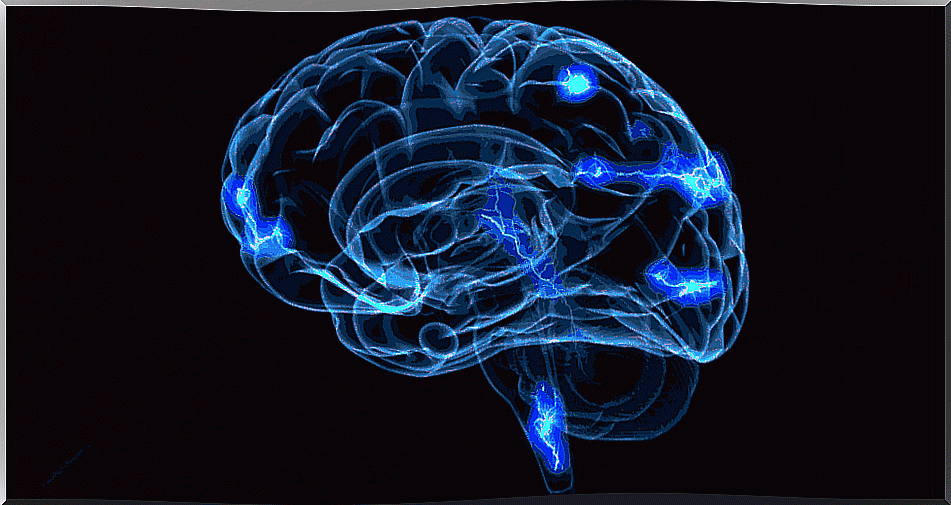
Antonio Damasio, a different neuroscientist
Neuroscientists are of many kinds. However, until not long ago those marked by a mechanical and reductionist approach were abundant. They told us, for example, that our thoughts, reflections and decisions were the result of a simple connection of a set of neurons.
Now … where is our conscience then? Is there a specific region for it? And where are emotions and feelings produced? Many of these scientists, in the not so distant past, smiled wryly at such ideas. At present , we already have inspiring figures such as Antonio Damasio, who put aside that reductionist perspective to open up perspectives and make us understand the importance of concepts such as consciousness and the world of emotions.
First of all, consciousness is not in any particular place in the brain. Consciousness is a process and an entity that is present in all species. In fact, as he explains, even single-celled organisms, such as bacteria or amoebas, have a minimal sense of consciousness. They work to preserve their integrity, to survive. Thus, each organism, each living being has a more or less sophisticated level of consciousness with which to adapt to its environment and develop.
We, for our part, have taken a great evolutionary leap by including dimensions such as memory, imagination, creativity or logical reasoning in our consciousness.

Antonio Damasio: the world of emotions and feelings
Talking about Antonio Damasio is also talking about Hanna Damasio, his wife and also a neurologist. Person with whom you share the research career. Thanks to their experiences with various patients, the Damasio couple was able to collect various data that has helped them to formulate important hypotheses.
One of them is that emotions are actually a set of chemical and neural responses that make up a distinctive pattern. Antonio Damasio defined it as a “somatic marker”; With this name, he meant that we all have an emotional imprint that makes us react, that influences us when it comes to showing certain behaviors or initiating certain types of decisions and not others. Even more, according to this neuroscientist, emotions precede feelings.
Let’s take an example: we are walking down the street and suddenly we hear a scream. What we experience instantly is a physical reaction. Thus, our heart accelerates, we remain paralyzed, our pupil dilates … And instantly we feel a sense of alarm, fear … Emotions, for Damasio, belong to the body. Therefore, they trigger a series of certain chemical and organic alterations. After emotions come feelings, which already have a deeper relationship with thoughts.
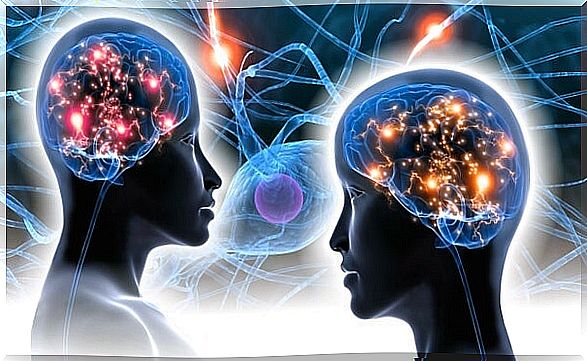
Learning to discern with Antonio Damasio
Antonio Damasio considers that it is very important that we learn to consider that emotions and feelings are two different things, and that the former precede the latter. Let’s think, for example, of stress, of those negative emotions that grip us, of the physical discomfort that they arouse in us, that makes us sick, and of what these mental states that provoke us: we begin to have more pessimistic and less flexible thoughts, we stop seeing exits to day-to-day problems …
In short, one of our purposes should be to cultivate positive emotions. We can remember, for this, the classic saying “be well to think better. ” However, something like this requires making it easier for our body to feel calm, in harmony … In addition, we can all experiment, for example, when practicing meditation or relaxation. A calm body also translates into a relaxed mind. A calm and focused mind that thinks and decides better …

